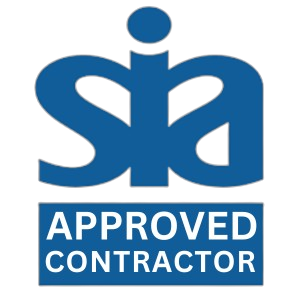Vacant properties are highly susceptible to security risks such as vandalism, theft, and unauthorized occupancy. Ensuring Vacant Property Security requires robust locking systems and secure entry points to deter criminals and protect the property from damage. In this blog, we will explore why securing locks and entry points is crucial for vacant properties and how property owners can enhance their security measures effectively.
Why is Vacant Property Security Essential?
Vacant properties attract various risks, including break-ins, squatters, and illegal activities. These threats can lead to significant financial losses, property devaluation, and legal issues for owners. Implementing Vacant Property Security strategies minimizes these risks and ensures that the property remains intact until it is occupied or sold.
The Role of Secure Locks in Vacant Property Security
One of the primary defenses against unauthorized access is installing high-quality locks. Traditional locks can be easily picked or broken, making it essential to invest in advanced security options such as:
1. High-Security Deadbolts
Deadbolts provide an added layer of security by requiring significant force or skill to break. Opt for Grade 1 or Grade 2 deadbolts, as they offer superior resistance to tampering.
2. Smart Locks
Smart locks allow remote monitoring and control of entry points, reducing the risk of unauthorized access. Features like biometric authentication, keyless entry, and mobile alerts make them ideal for Vacant Property Security.
3. Heavy-Duty Padlocks
For properties with gates, garages, or external storage units, using heavy-duty padlocks with shrouded shackles adds extra protection against bolt cutters and other tools used by intruders.
Strengthening Entry Points for Vacant Property Security
In addition to secure locks, reinforcing all entry points is crucial. Burglars often target weak doors, windows, and secondary access points to gain entry. Consider these measures:
1. Reinforced Doors and Frames
Hollow-core doors are vulnerable to forceful entry. Upgrade to solid-core or steel doors with reinforced frames to enhance resistance against break-ins.
2. Security Bars and Grilles
Windows and sliding glass doors are common break-in points. Installing security bars or grilles prevents unauthorized entry while maintaining visibility and ventilation.
3. Door and Window Sensors
Security systems equipped with sensors alert property owners and security companies of any unauthorized access, providing real-time protection against trespassers.
4. Motion-Activated Lighting
Dark properties invite criminal activity. Motion-activated lights around entry points serve as a deterrent by exposing trespassers before they can attempt to break in.
Additional Measures to Enhance Vacant Property Security
Beyond locks and entry points, there are other proactive steps property owners can take to improve security:
1. Surveillance Cameras
Visible security cameras act as a deterrent and provide recorded footage in case of break-ins. Remote monitoring ensures owners can keep an eye on the property from anywhere.
2. Security Patrols
Hiring security patrol services for high-risk properties adds an additional layer of protection. Regular inspections discourage unauthorized individuals from attempting entry.
3. Alarm Systems
Modern alarm systems trigger alerts when unusual activity is detected, notifying both the property owner and law enforcement immediately.
4. Property Maintenance
Regular property maintenance, such as lawn care and waste removal, creates an occupied appearance, reducing the likelihood of break-ins.
Conclusion
Investing in secure locks and reinforcing entry points is fundamental to Vacant Property Security. Property owners must adopt advanced security measures such as smart locks, reinforced doors, security cameras, and alarm systems to protect their vacant properties from theft, vandalism, and unauthorized occupancy. By implementing these strategies, you can ensure your vacant property remains safe and intact until it is occupied or sold.



